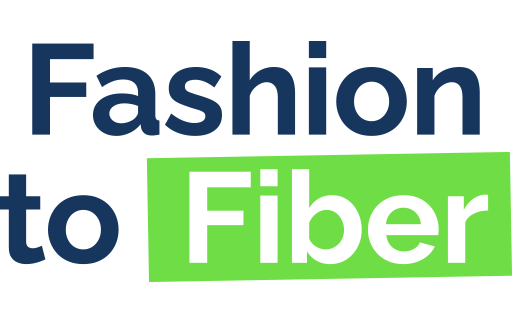Frequently Asked Questions
How does Fashion to Fiber guarantee that the process is sustainable and fair?
Fashion to Fiber highly values transparency. This is why we always draft reports that are available to our customers. This way they always know exactly what happens to their clothes.
In addition, our customers are always welcome to come and see for themselves how sorting, reuse, and recycling work.
What does Extended Producer Responsibility mean?
Extended Producer Responsibility (EPR) is one of the instruments that the government uses to increase sustainability in the textile chain. Since July 1, 2023, textile manufacturers, retailers and importers are responsible for collecting and recycling the textile products they put on the Dutch market.
In the system currently being developed and implemented by the sector, the retailer, importer or producer contributes to an EPR fund. The contribution will be related to the volume they bring to the market. The EPR fund will, among other things, finance innovative recycling techniques that should contribute substantially to a circular textile chain.
For more information, visit the Stichting UPV Textiel website.
How is the clothing processed?
The clothing that is handed in to the Fashion to Fiber collection points is first sorted. This process involves determining which clothing or textiles can be reworn or reused. When textile or clothing is not suitable for reuse or when the customer does not want it to be re-marketed, it can be recycled. Depending on the material, the fibers can be processed into new yarns or used, for example, as non-wovens in acoustic materials or in furniture. Read more about our retail solutions.
What rates does Fashion to Fiber charge?
The rates vary according to what you want.Contact us for a suitable tailor-made proposal. We look at your needs and ensure that our proposal is in line with them.
How is the clothing processed?
The clothing that is handed in to the Fashion to Fiber collection points is first sorted. This process involves determining which clothing or textiles can be reworn or reused. When textile or clothing is not suitable for reuse or when the customer does not want it to be re-marketed, it can be recycled. Depending on the material, the fibers can be processed into new yarns or used, for example, as non-wovens in acoustic materials or in furniture. Read more about our retail solutions.
What rates does Fashion to Fiber charge?
The rates vary according to what you want.Contact us for a suitable tailor-made proposal. We look at your needs and ensure that our proposal is in line with them.
How does the logistics process work?
The collection process can take place in different ways, depending on the retailer’s preferences. It can be agreed that a delivery person who delivers goods will take the returned clothing with him. There are central points where we collect the clothing, such as in distribution centres. The retailer then ensures that the clothing ends up in the distribution centre. Retailers also have the opportunity to send the collected clothing to Fashion to Fiber to be sorted and processed there. If desired, it is also possible to have the textile collected by Fashion to Fiber.
How often is the textiles from the collection box is picked up?
Together we will determine what pick-up time is convenient. This can be done weekly or monthly, depending on the need.
Do you have another question not listed above?
Please contact us and we will be happy to help!
Mariska Boer, co-owner








